59.5 million
students have learnt with micro:bit*
Inspiring students to get creative with coding since 2016
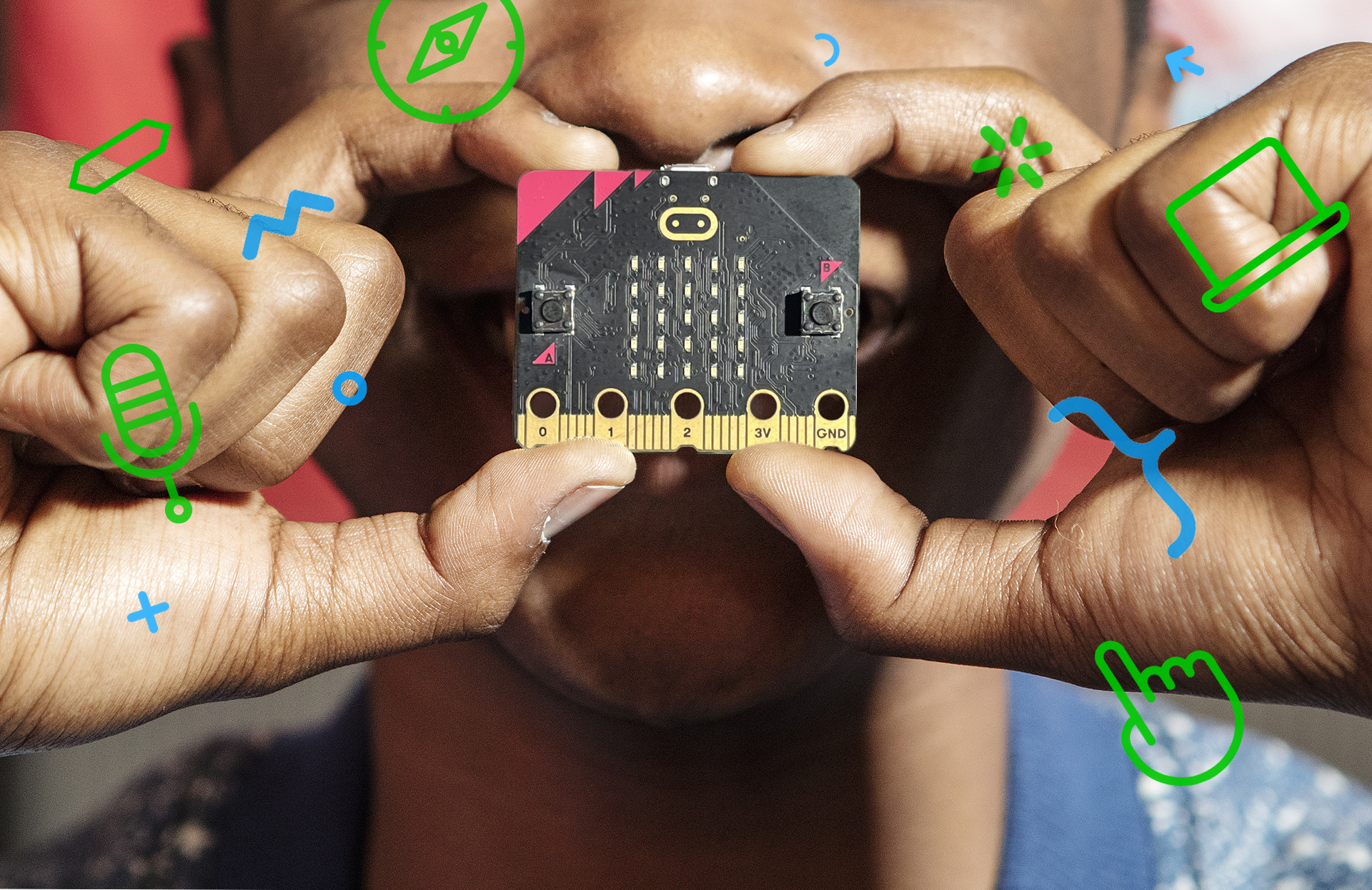
Inspiring students to get creative with coding since 2016

The micro:bit is such a tangible way to develop coding. It’s real, it’s exciting and it gives my students confidence to try new things and experiment.
Manon, Teacher, UK
Light
Temperature
Sound
Movement
Magnetism
Buttons
LEDs
Radio
Networks
Simple circuits
Pins
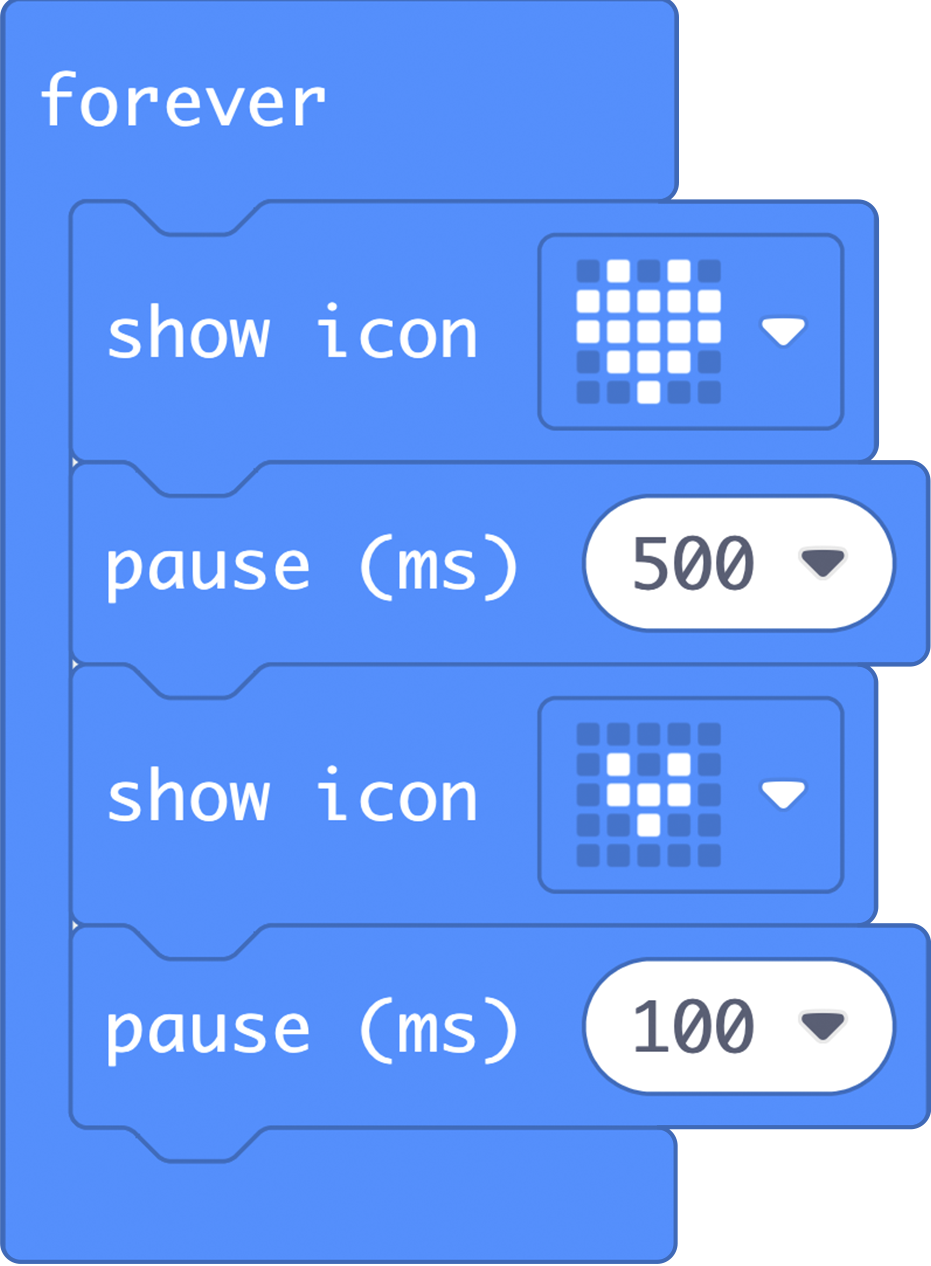
to bring the micro:bit to life
to bring the micro:bit to life
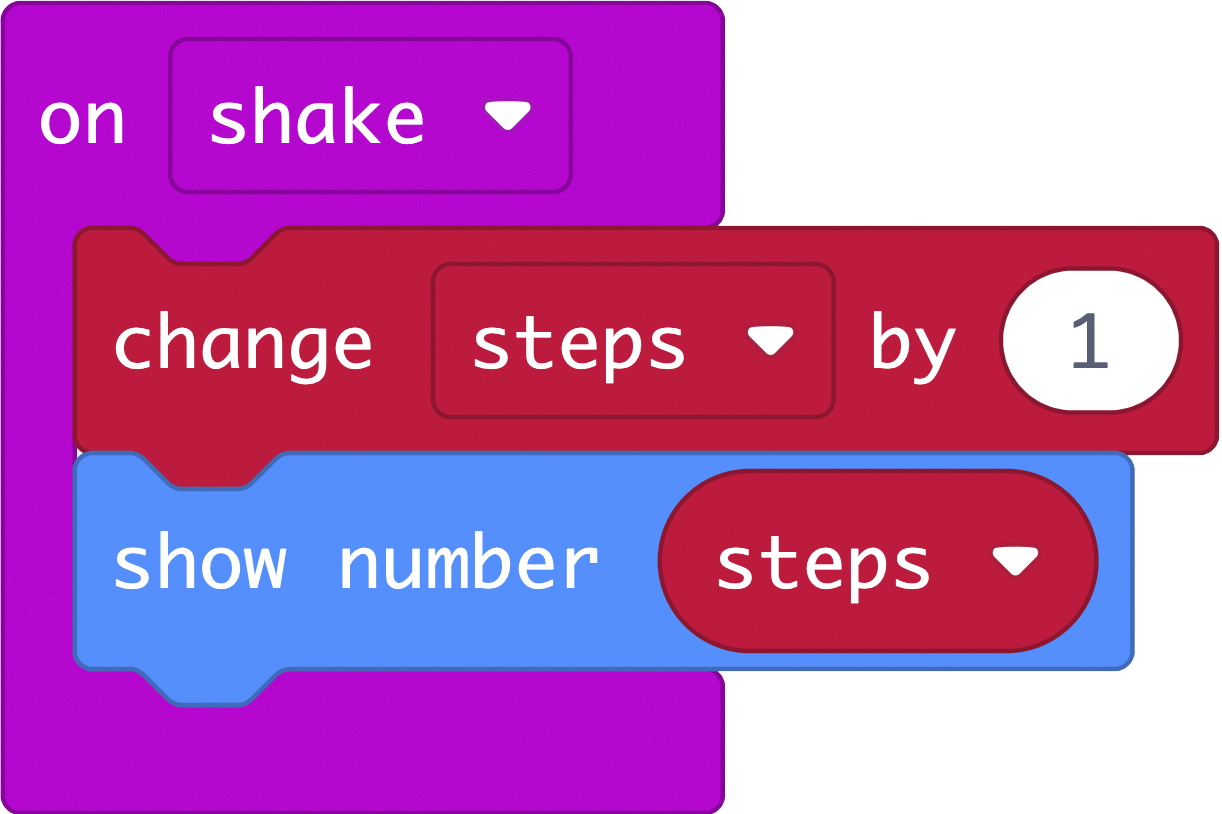
to transform it into something new
to transform it into something new

Endless opportunities to engage students with real-world technology
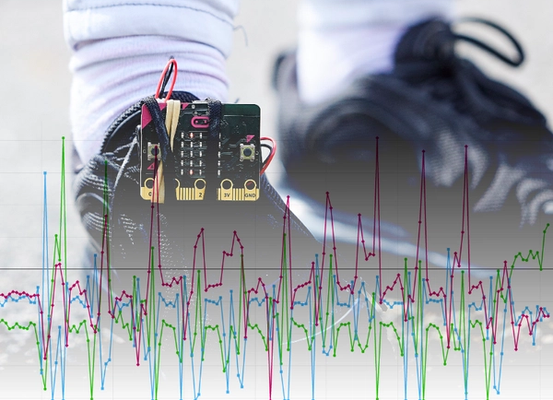
Gather data for mathematics and science
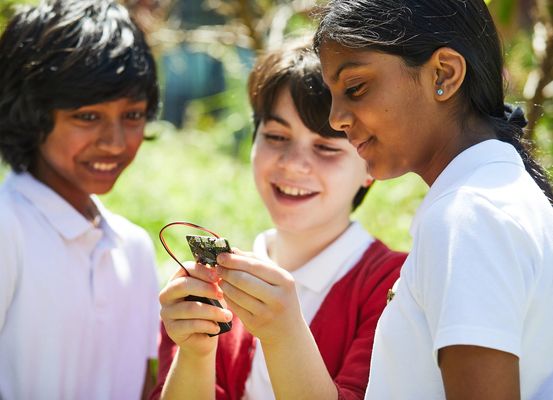
Make learning playful
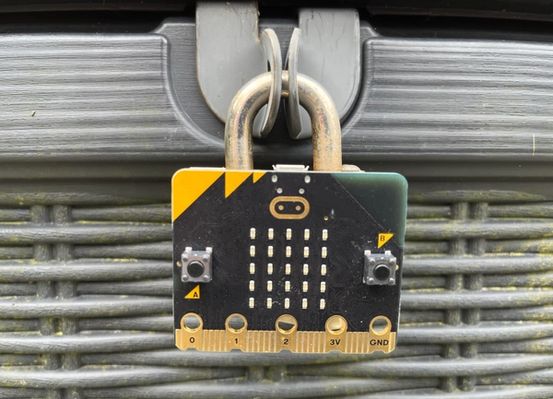
Bring digital security to life

Be creative with lights, sounds and movement
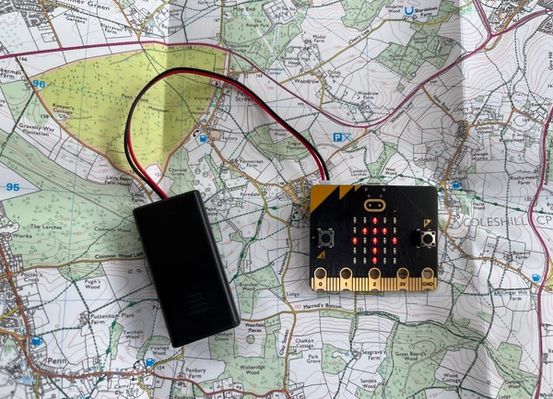
Get outdoors and active with technology
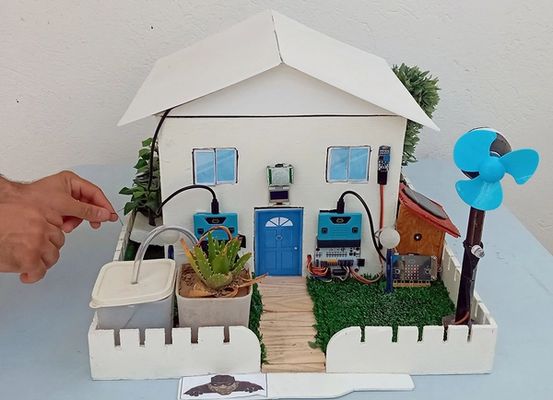
Explore environmental issues


Find out more about the Micro:bit Educational Foundation, the non-profit behind the micro:bit.
59.5 million
students have learnt with micro:bit*
60+
countries learning with micro:bit
The micro:bit is used by millions of young people worldwide to get hands-on with computer science and technology.
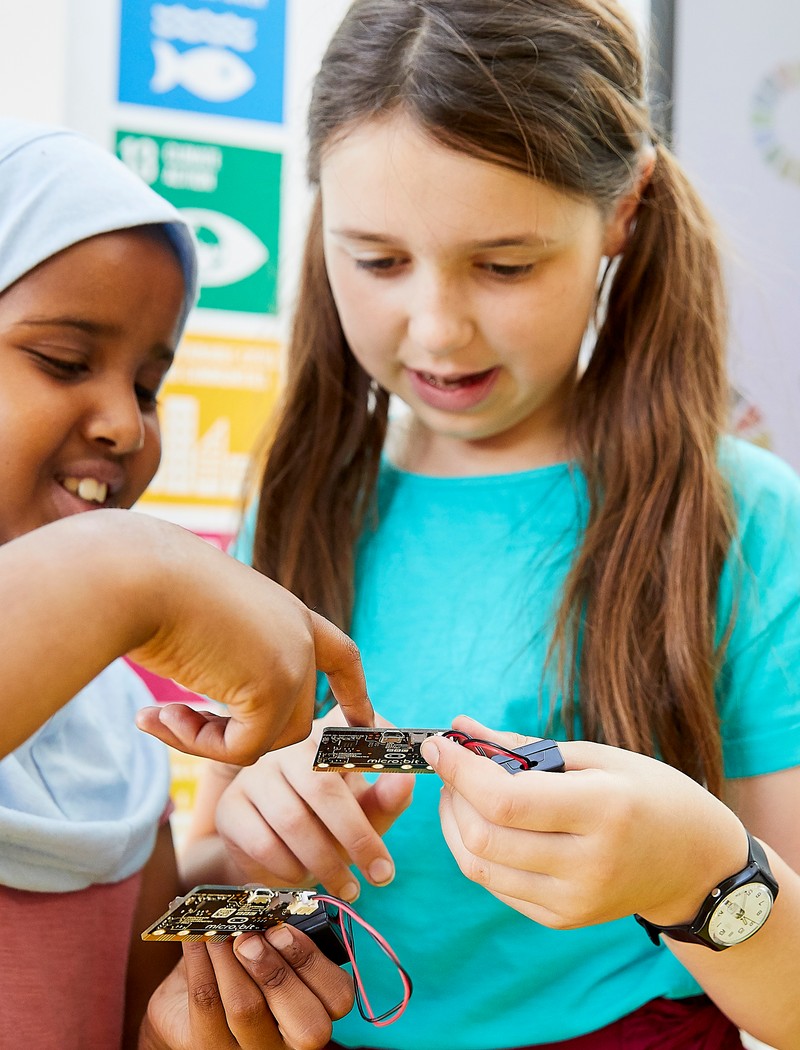
The micro:bit is used by millions of young people worldwide to get hands-on with computer science and technology.
by making computing fun and meaningful for beginners and experienced coders.
Our official blocks-based editor is Microsoft MakeCode and our text-based programming tool is the micro:bit Python editor. The BBC micro:bit also works with Scratch, Code.org App Lab and a wide range of other tools/editors.

Block-based coding for ages 8+

Block-based coding for ages 8+
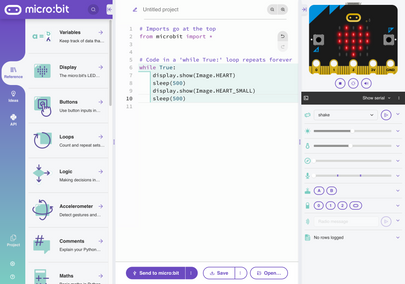
Text-based coding for ages 11+

Text-based coding for ages 11+